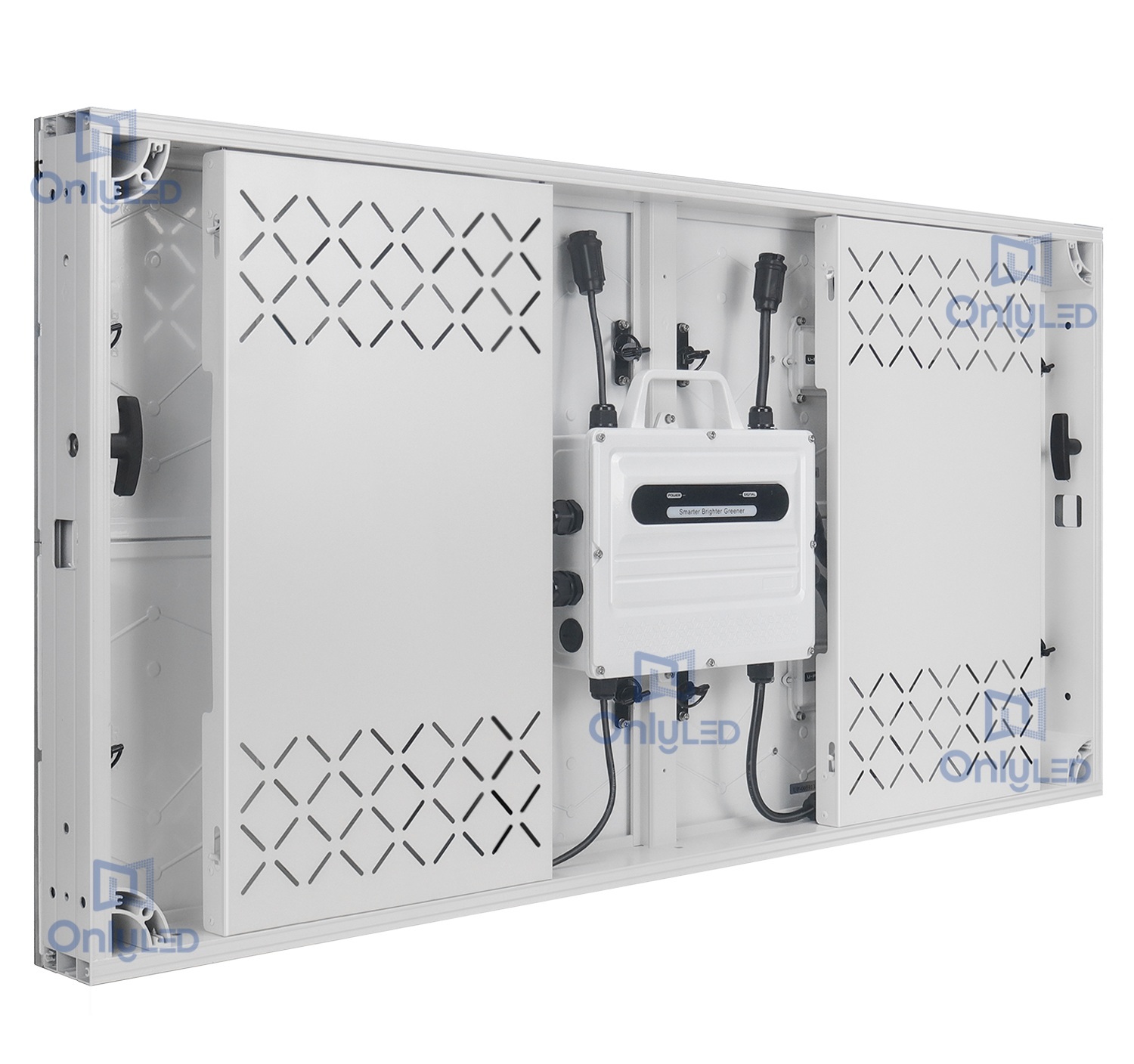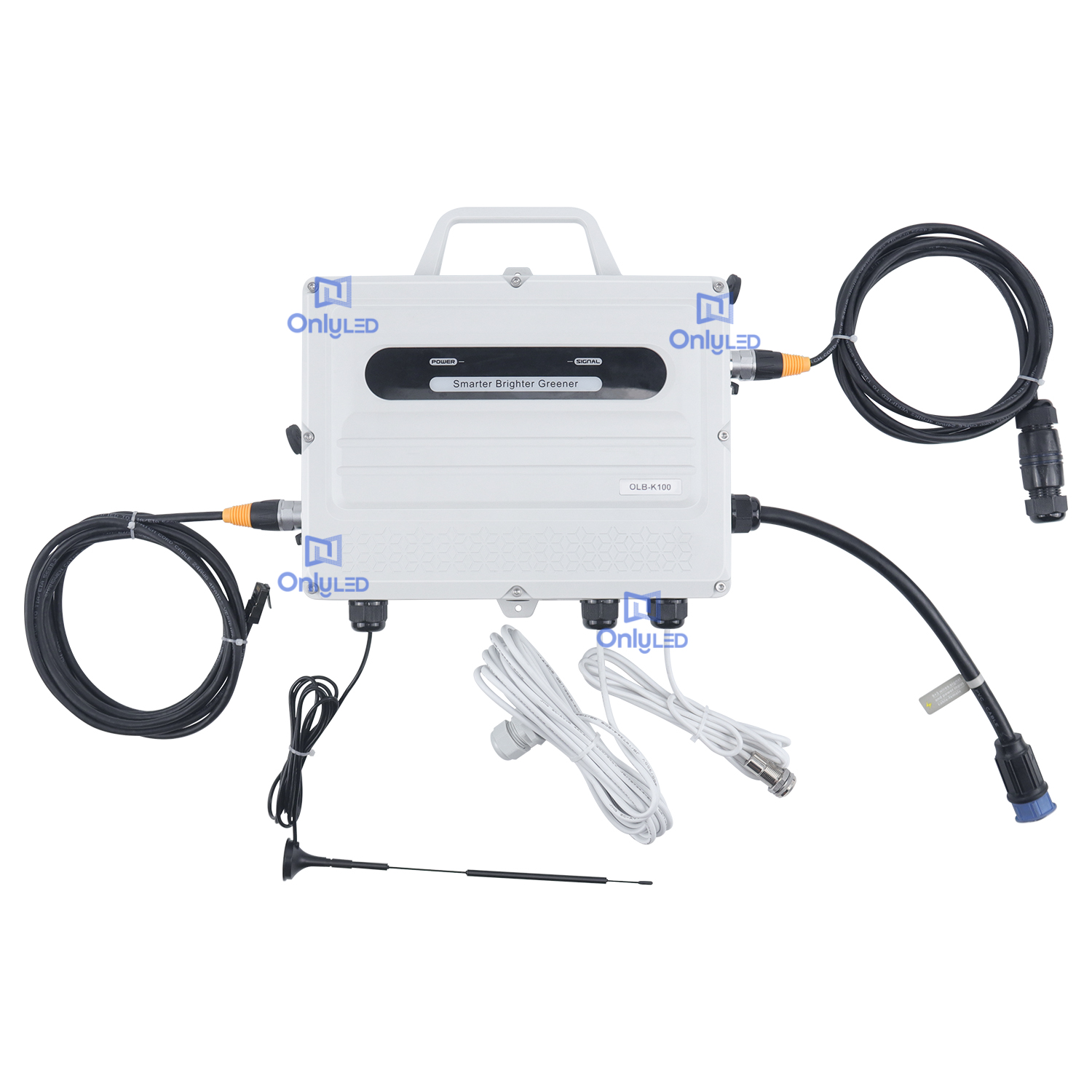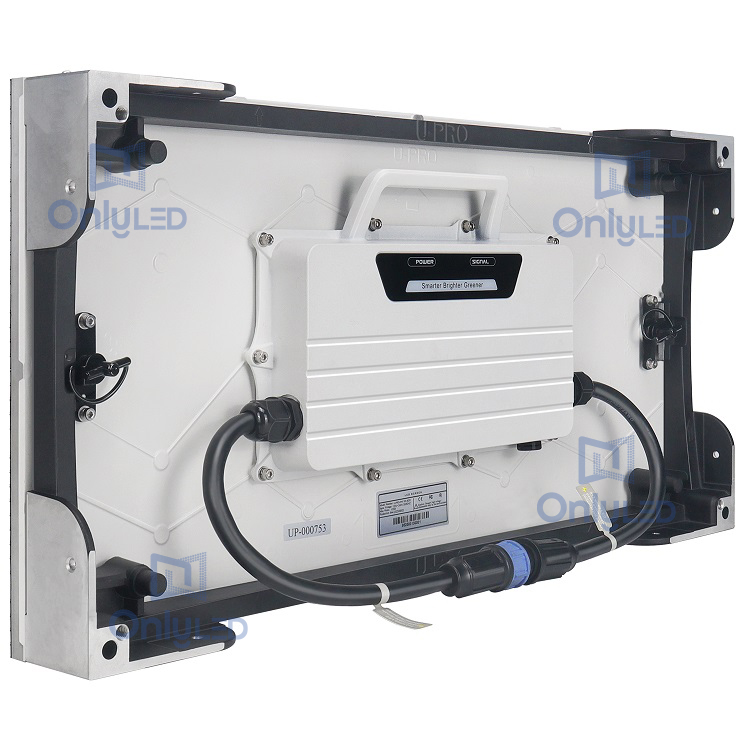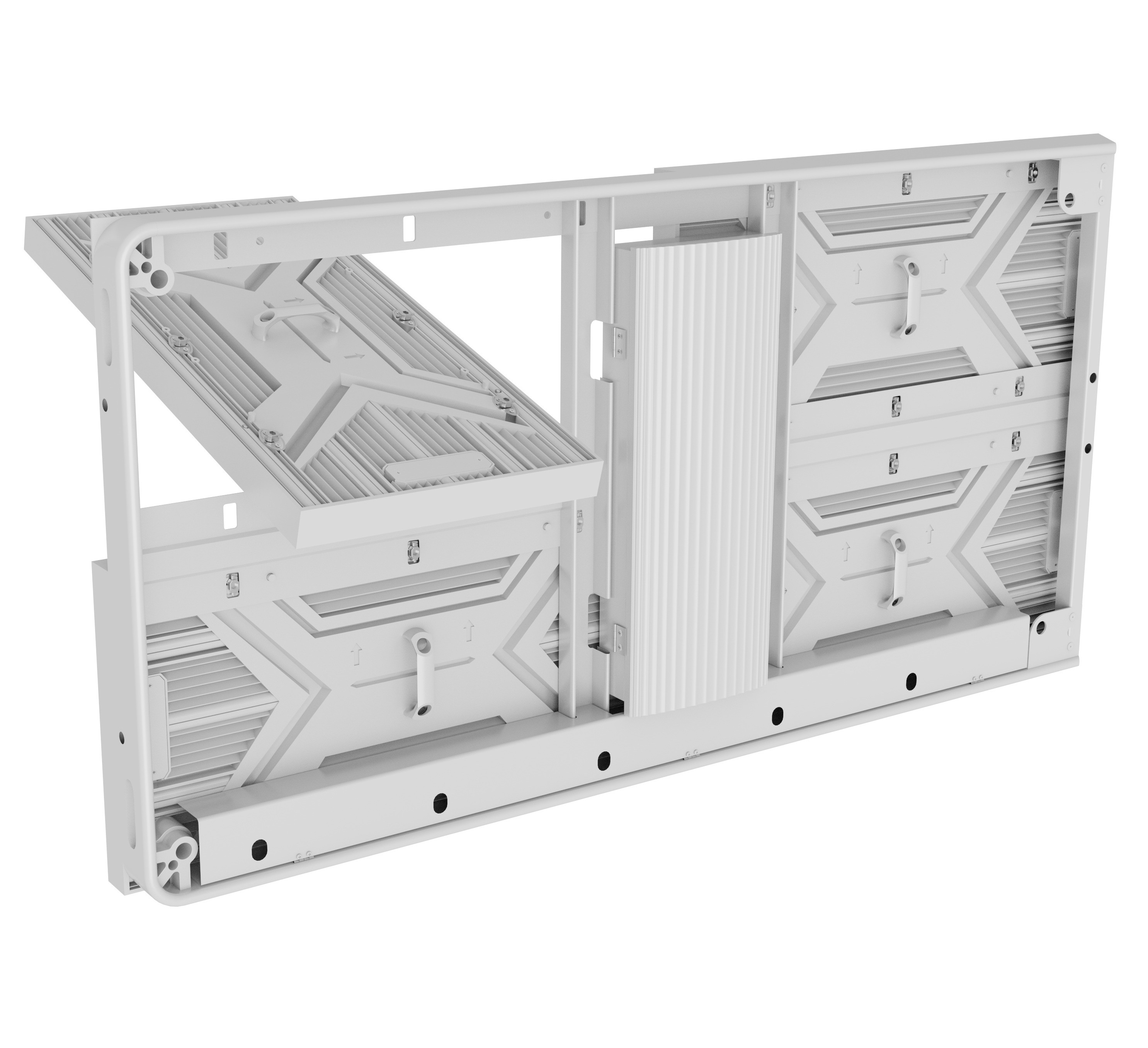Industry News
Understanding Parameter Configuration and Analyzing Performance

Dual-color LED displays have become increasingly popular for outdoor advertising due to their vibrant colors and energy efficiency. To ensure optimal performance, it is crucial to understand the parameter configuration and conduct a comprehensive analysis of the display's performance. This article will delve into the various aspects of parameter settings and performance evaluation, providing a detailed guide for outdoor dual-color LED display optimization.
1. Parameter Configuration
Parameter configuration plays a pivotal role in determining the visual quality and energy consumption of an outdoor dual-color LED display. The following parameters should be carefully considered and optimized:
A. Brightness: Adjusting the brightness level is essential to adapt to different ambient lighting conditions. However, excessively high brightness can lead to increased power consumption and reduced lifespan. It is recommended to strike a balance between brightness and energy efficiency.
B. Refresh Rate: The refresh rate defines how frequently the image on the LED display is refreshed per second. A higher refresh rate reduces flickering and provides smoother visuals. However, a very high refresh rate demands more system resources. Finding the optimal refresh rate is critical to delivering seamless content without compromising performance.
C. Color Calibration: Color calibration ensures accurate color reproduction on the dual-color LED display. It involves adjusting color temperature, contrast, and gamma correction. By fine-tuning these parameters, we can achieve true-to-life colors and enhance the overall visual experience.
2. Performance Analysis
Once the parameter configuration is optimized, a thorough performance analysis should be conducted to evaluate the display's effectiveness. The following aspects should be considered:
A. Image Quality: Analyzing image quality involves assessing factors such as color accuracy, sharpness, and consistency across the display. By examining the display's performance in rendering images, videos, and complex graphics, we can identify any inconsistencies or anomalies.
B. Power Efficiency: Outdoor LED displays consume a significant amount of power. Evaluating power efficiency helps to reduce operating costs and enhance sustainability. Measuring power consumption under different brightness levels and content types enables us to determine the most energy-efficient settings.
C. Reliability and Durability: Outdoor dual-color LED displays are exposed to various environmental factors and weather conditions. Analyzing the display's reliability and durability is crucial to ensure its longevity. Factors such as protection against moisture, dust, and temperature fluctuations should be considered during the evaluation process.
Conclusion
Optimizing the parameter configuration and conducting performance analysis are vital steps in maximizing the effectiveness of outdoor dual-color LED displays. By finding the optimal brightness, refresh rate, and color calibration, we can ensure visually appealing and energy-efficient displays. Additionally, analyzing image quality, power efficiency, and reliability allows us to address any potential issues and enhance the overall performance and durability. With careful planning and evaluation, outdoor dual-color LED displays can truly make a lasting impact on advertising and communication.




